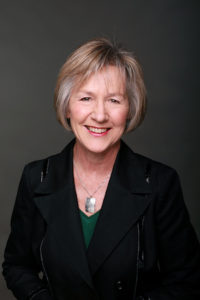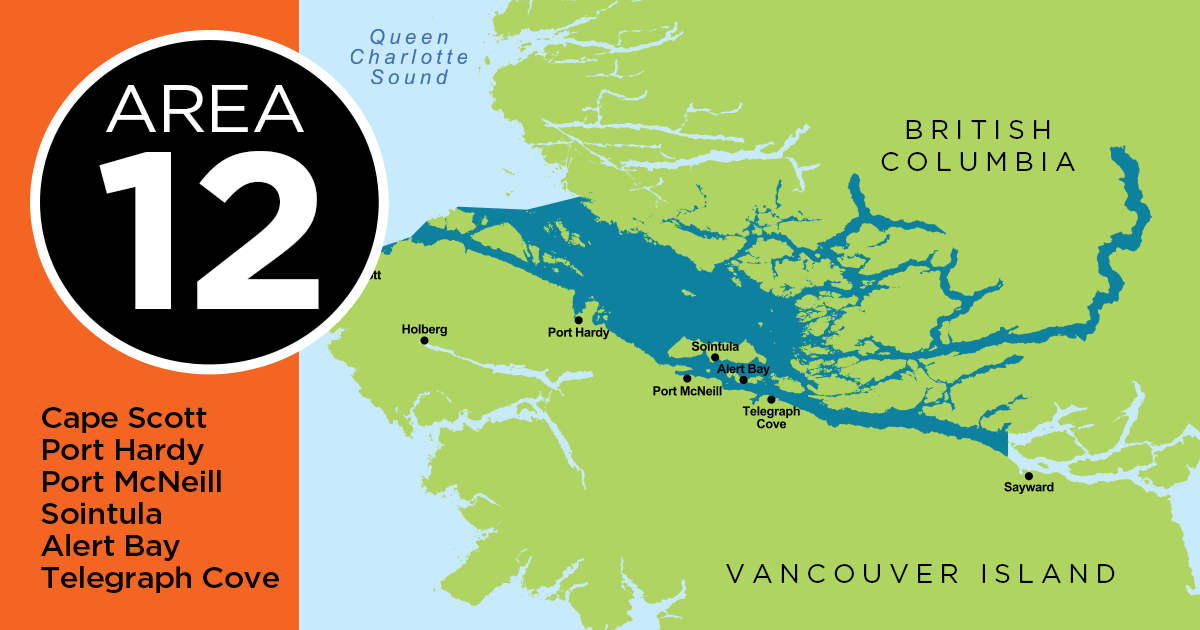
On Friday April 29, 2022 Joyce Murray, Minister of Fisheries, Oceans & the Canadian Coast Guard, Omar Alghabra, Minister of Transport and Steven Guilbeault, Minister of the Environment, Climate Change & Parks announced new federal regulations to protect Southern Resident Killer Whales (SRKW’s) in southern BC waters.
Some highlights include:
- Two new seasonal ‘slow down’ areas near Swiftsure Bank.
- The 400 meter ‘stay away from all killer whales’ requirement remains in place until May 31, 2022
- Whale watching companies are to continue to avoid focusing their activities on SRKW’s.
- Interim sanctuary zones remain off Pender and Saturna Islands until November 30, 2022.
- Fishing regulations have been expanded but modified to address new science regarding foraging areas, SRKW presence, and vessel disturbance.
For recreational anglers the changes that can be viewed as gains, maintaining status quo, and losses depending on which area the new regulations cover. On balance the western fishing area near Port Renfrew and Swiftsure Bank fared better, with a carve-out for permitted fishing near Swiftsure Bank and a fishing corridor along the beach.
Swiftsure (note 121-2 opening)
Juan de Fuca saw gains and losses with a fishing corridor on the beach from Race Rocks to Otter Point, then full access westward from the shoreline to the US/Canada border. The downside is that a large non-fishing zone is in place that will impact some popular offshore late summer and fall Coho angling waters.
Southern Gulf Islands looks like a “saw-off” or “draw”, with a small, lightly fished corridor gain on the East/NorthEast side of Moresby Island. However, note that legend in the map states that when the first SRKW sighting is confirmed after May 5, 2022, the yellow area will be closed for recreational and commercial fishing until Oct 31, 2022.
Vancouver took a significant hit.
It might be advisable to download these maps to your phones before entering into any of these fishing areas. This raises another concern with the SRKW measures. They are far too complex, and can be seen as contributing to unintentional violations dealing with avoidance and fishing activities.
In spite of this concern the backgrounder to the 2022 release revealed there were fewer violations in 2021 than past years citing 155 enforcement actions producing $51,500 in fines. The backgrounder also reported that boater educational campaigns helped and will be repeated this year. However grasping the complexity of just these regulations remains a daunting task that invites mainly unintentional financial penalties.

Christopher Bos
According to Christopher Bos, one of the recreational advisors addressing these issues, there is some hope for better working relations. “Some credit for 2022 plan must go to DFO for finally listening to the advice that came from the recreational angling community”. He points out “those same advisors must be recognized as well. They immediately went to work developing alternate plans to produce the same SRKW conservation result, hopefully without additional damage to angling expectation and opportunity”.
Perhaps DFO, at least on the killer whale file, is finally recognizing that anglers, based on a fifty year relationship with SRKW’s, have accumulated a vast knowledge of their patterns and activities.
It is also worth noting that the South Vancouver Island Anglers Association, of which Bos is President, has for the last 5 years raised over $300,000 to operate a temporary Chinook net pen project that provides more Chinook for SRKW’s to eat.

Pat Ahern and a June 2020 Hatchery Chinook
Pat Ahern, President of the West Coast Fishing Guide Association (WCFGA) said, “The SFAB worked collaboratively with the DFO SRKW team to arrange meetings with local area knowledge holders. DFO heard from the local SFAB, charter and lodge operators, First Nations charter operators, and local chamber of commerce experts who shared the critical importance the recreational fishery has to small coastal communities dependant upon it for the many social and economic benefits. Not all SFAB input was implemented, however we appreciate that management measures do reflect some local knowledge input aimed at finding a balance between achieving recovery for SRKW, and protecting valuable recreational fishery social/economic benefits. We had hoped for stronger language in the 400m avoidance measures to encourage all vessel operators to avoid whales when they see them by turning around to leave areas where whales are present.”

Jason Assonitis with a Hatchery Chinook
Unfortunately, as Jason Assonitis owner of Bon Chovy Charters notes, not all fishing areas came out ahead. He comments reflect this. “Another blow delivered to the Vancouver recreational fishery. The gap between science and political management is growing in DFO.” He suspects the measures applied to local Vancouver waters may be compensation for the massive Roberts Bank Terminal expansion, which has been identified as a threat to SKRW’s. He adds, “It’s easy to pick the low hanging fruit.”
All of this must be seen in context. The original DFO plans proposed more severe closures across the board. This despite new information that significantly changed the knowledge landscape in terms of when and where these whales were foraging in southern BC coastal waters.
The new information was vital in starting to fine-tune which parts of the coast were actually critical foraging areas, versus opportunistic foraging areas, versus areas that were used as highways for transiting from the west coast of Vancouver Island to the mouth of the Fraser River.

The Honourable Joyce Murray
Minister Joyce Murray may have unintentionally put her finger on the most important missing piece in the SRKW puzzle when she said, “Southern Resident Killer Whales have called the Pacific coast home for thousands of years, and we want to see their populations grow, flourish and return to their former abundance.” But what is “former abundance” and at what point in time? What should that number be? What defines success? No one knows including experts like Dr. Andrew Trites from UBC, nor do whale watchers, or anglers, or ENGO’s.
What is “success”? Again—no one knows. Their population has ranged from a low of 66 in the 1960’s, after extractions for Marine park exhibits, to a high of 98 in the late 1990’s.

Population trend for SRKWs by Pod 1975-2017. Source: DFO
There are currently 74 animals at the time of publishing this article. That’s in the lower portion of their population range, but does that help set a goal? Should it be 98? Should it be the average of the population range which is around 82? Or should it be some other number? Maybe DFO should figure that out, otherwise the undefined but worthy target of “former abundance” remains unachievable.
For more articles and news on SRKW by Island Fisherman Magazine, click here.
Visit the Store
$34.99
$34.99
Featured Catch

Joel Unickow halibut (Photo: Rob Frawley Lucky Strike Sportfishing Tofino)











